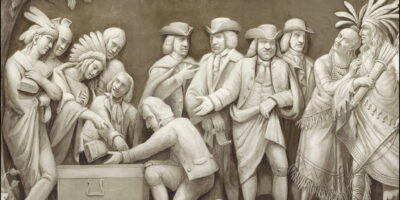On the Origins of Money, One More Time
In a recent post, Alex Salter asked the always-popular-among-monetary-economists question: where does money come from? It appears to be a clear enough question, even if the answer may be difficult and debated. After a closer look, however, I find two reasonable ways to read the question. I call the first reading the historical question. I call the second reading the theoretical question.
The first reading is about the historical record. It can be reformulated in a variety of ways. What is the history of money? How did money come to be established? Who, if anyone, invented money? These are the questions Alex focuses on in another post.
The second reading is not about the historical record. Instead, it considers the underlying forces at work. Why do people use money? What purpose does money serve? These are the questions James Caton focuses on in his recent post.
Much of modern monetary economics focuses on the second question. The Mengerian account has proven useful in considering the forces at work, regardless of whether it is consistent with the historical record. For example. the New Monetarist literature has developed out of the Mengerian (and Jevonsian) account of the forces at work behind money: the lack of a double coincidence of wants.
The historical question is important but, as Alex correctly points out, “doesn’t matter much for the debate as to what contemporary monetary institutions should look like.” The historical origins of money do not tell us how money works or the role it serves. The theoretical question, in contrast, does matter for the current debate. Understanding how and why money works–that is, the underlying forces at work–is essential for assessing how individuals will behave under various monetary regimes and whether an alternative money might make society better off.
Ideally, the answer to the two forms of the question should inform each other. They should not be in contradiction. The historical record helps us understand the forces at work and the forces at work help us understand the historical record. Often we want to ask them both together. But they are different questions and have different purposes.











